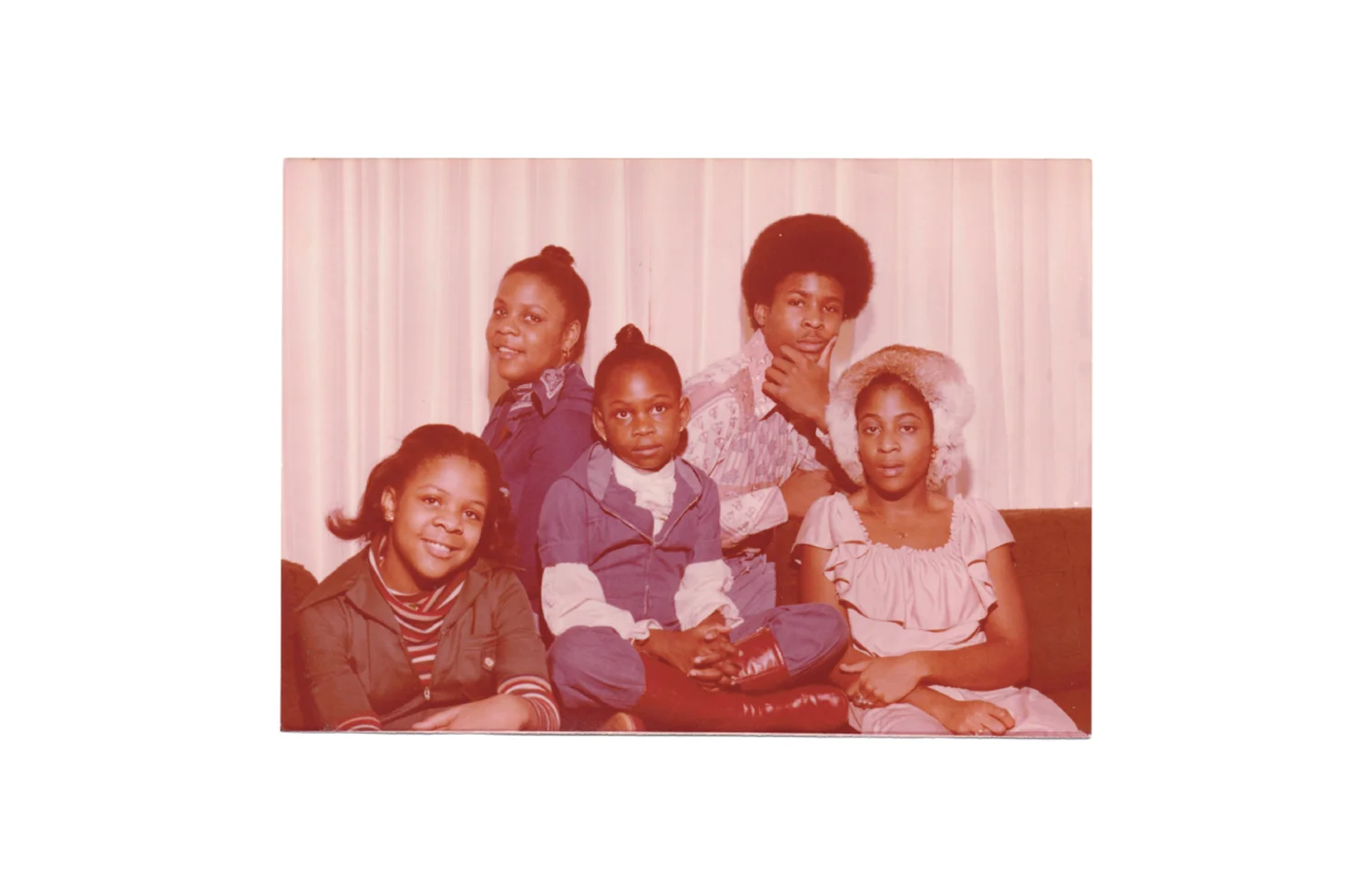colorblindness
welcome:
Lord, we long to see Your reflection in each of us. Correct our vision to love as You do.
a thought to consider:
Most of us share a common color vision sensory experience. Some people, however, have a color vision deficiency, which means their perception of colors is different from what most of us see. The most severe forms of these deficiencies are referred to as color blindness. People with color blindness aren’t aware of differences among colors that are obvious to the rest of us. People who don’t have the more severe types of color blindness may not even be aware of their condition unless they’re tested in a clinic or laboratory. A complete absence of color vision—total color blindness—is rare.
Most of us have a full set of the three different cone photopigments and so we share a very similar color vision experience, but because the human eye and brain together translate light into color, each of us sees colors differently. The differences may be slight. Your blue may be more blue than someone else’s, or in the case of color blindness, your red and green may be someone else’s brown. Most mammals, including dogs, have just two photopigment types. Other creatures, such as butterflies, have more than three. They may be able to see colors we can only imagine.
National Eye Institute, Facts About Colorblindness
something Jesus said:
Jesus replied, “Philip, I’ve been with you all this time and you still don’t know who I am? How could you ask Me to show you the Father? For anyone who has looked at Me has seen the Father.”
John 14:9
a story:
They arrived at Bethsaida. Some people brought a blind man to Jesus, begging him to touch him and heal him. So Jesus led him, as his sighted guide, outside the village. He put spit in the man’s eyes, laid hands on him, and asked, “Do you see anything?”
“Yes,” the man said. “My sight is coming back! I’m beginning to see people, but they look like trees—walking trees.”
Jesus put his hands over the man’s eyes a second time and made him look up. The man opened his eyes wide and he could see everything perfectly. His eyesight was completely restored!
Mark 8:22-25
reflection:
Talking about colorblindness is like my new favorite thing. This wasn’t always so. It used to be that when well-meaning friends and acquaintances would say to me, “I don’t see color,” in regards to my race, I would freeze up and quickly change the subject to something like the weather.
I mean, what do you say to that? How do you accept a person basically saying, “This thing that is all over you? Well, I don’t see it. I think you’re great and I’m so glad you are here because I don’t see all of you.” Ugh. Those were hard times. But, as of late, I’m looking to have this conversation with anyone who is willing to have it with me.
Unfortunately, word has gotten out that saying that you are colorblind is a bad thing. Okay so that's a good thing. But now those old awkward conversation bits rarely come into play, and so my opportunities to dialogue about colorblindness don't present themselves so often. Honestly, I can’t remember the last time I was greeted with the statement, “I don’t see color.” This is sad for me, because although it's taken years I finally have a response, a simply question I’d ask in return: “How? How do you manage not to see color?”
If, indeed, we are made in God’s image and God gave humans a full set of photopigments so that we can see a variety of colors, then I think He did so because God Himself sees and values color. And if He gave butterflies a mega-set of photopigments so that they can see an unimaginable array of colors, perhaps this is because He sees an unimaginable array of colors. I think He does. I wonder—no, I daydream—that if He does see an unfathomable number of colors that maybe in heaven we will get to see as He does. If Jesus taught us to pray, “…on earth as it is in heaven,” how do I have a full-color, experience here on earth now?
Another response that I have in my back pocket is, “What do you see if you don’t see color?”
I read an interesting article* written by a blind man who said that he doesn’t see just blackness, but instead sees light and color: “Lots of it. Bright, colorful, ever-changing, often terribly distracting, light.” I also read another article** that interviewed a group of blind women about what they see, and they reported that they do not see utter blackness, but light and colors—though each at varying degrees depending on their particular kind of blindness. Which makes me think of a story in the bible where one of Jesus’ closest followers asks Jesus to show Him the Father. Jesus, who is perplexed and I think maybe even heartbroken, says, “But don’t you see Me? I am He.” Doesn’t this show us that Jesus values each of seeing each other completely? How else can we love someone as we love ourselves? We can’t love what we don’t see.
And then there’s that story about Jesus rubbing His own spit into a blind man’s eyes to heal his sight. At first, all the man can see is blurry shadowy people who look like trees. He’s excited to see that! He’s delighted with partial vision. But Jesus doesn’t allow him to walk away half-healed. He puts His hands over the man's eyes again and suddenly he sees entire human beings as they were meant to be seen.
If only I could go back to one of those strange and excruciating exchanges when someone said, “I don’t see color,” and I could say, “What do you have against color that you do not want to see it?”
* Do Blind People Really Experience Complete Darkness, BBC News
** 10 Images That Will Change How You Imagine Blindness, Refinery 29
contemplation:
1. Is there any significance in the fact that most animals do not see the color spectrum as fully as we do? Why do you think God allows us to see a more complete spectrum of color than most animals?
2. Butterflies can see more colors than we do because they see ultraviolet patterns that help them to pollinate. There is a purpose for their color vision. What do you think is the purpose of our color vision?
3. Another name for colorblindness is color vision deficiency. All of us have varying degrees of color vision deficiency. No one has perfect color vision. This why sometimes one person might see something as navy blue and another person might see the same thing as black or dark green. Both people see color, but differently. Have you had a similar experience to this in regard to race and skin color? For example, have you seen a person who looks white to you, but another person sees them clearly as Latino, Asian or Black? Or perhaps you have been perceived as being a different race or skin color than how you identify and see yourself?
4. What’s your favorite color? Can you imagine any circumstance in which you would rather ignore its presence rather than enjoy its presence? My favorite color is pink. However, I do ignore its presence in certain situations, such as in Pepto-Bismol. It’s a little hard to enjoy in that case. Do you think that we might see the color of each other’s skin and yet, due to our fears or lack of understanding or unrealized bias, dismiss its presence?
prayer:
Lord, I pray that You will unveil within each of us the unlimited riches of color created for Your glory and favor. With Your supernatural strength, flood our innermost being with the abundance of Your Divine presence in Technicolor hues beyond our wildest imaginations—brighter than we could ever dare to dream. We offer you all the praise that will rise from every person of every color in every generation throughout all time and eternity. In Jesus’ name, we pray, amen.
Ephesians 3: 19-21
blessing:
May the beauty of God be reflected in your eyes. The love of God be reflected in your hands. The wisdom of God be reflected in your words, and the knowledge of God flow from your heart that all might see—and seeing, believe.
from John Birch, Faith & Worship










